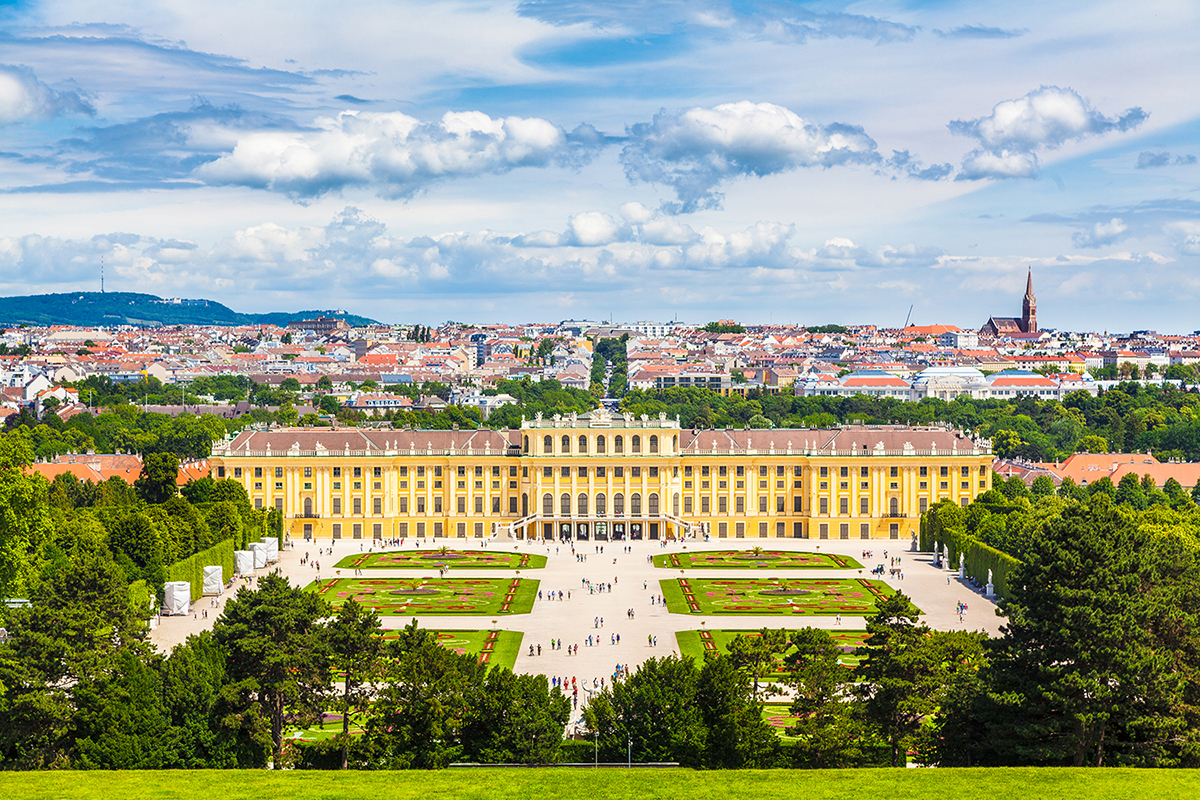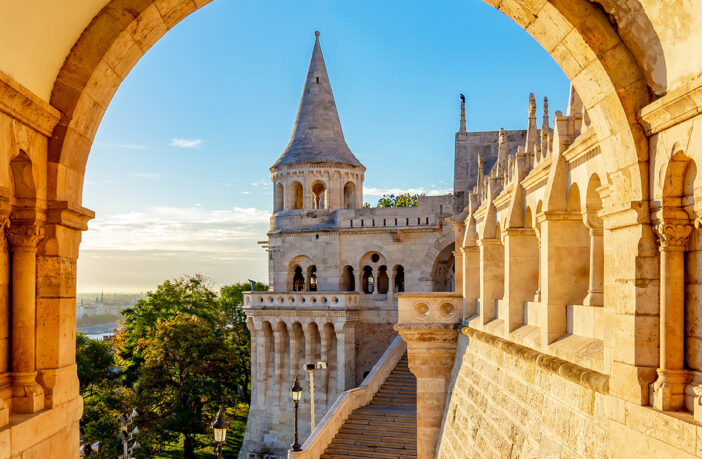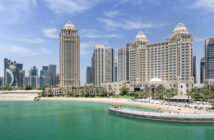Budapest and Vienna are Eastern Europe’s most elegant and charming cities. They are united by the Danube and divided by its vast history and culture.
Last year, we embarked on a five-day journey to Hungary and Austria, two nations with a rich historical relationship. Our itinerary focused on exploring Budapest and Vienna, making the trip family-friendly for our four-year-old and one-year-old. Despite the chilly weather during Eastern Europe’s spring break in March, careful preparation with suitable winter wear proved invaluable. We spent one and a half days immersing ourselves in the charm of Budapest before taking a scenic train journey to Vienna, known for its beauty and sophistication. Our return journey to Riyadh began from Budapest, allowing us to bid farewell once again to this ancient city.
Hungary and Austria share a historical connection through the Austro-Hungarian empire ruled by the Habsburg Dynasty. Budapest, divided by the Danube into Buda and Pest, boasts the majestic neo-Gothic Hungarian Parliament building on the Pest side. Vienna, home to Mozart and numerous Opera houses, blends imperial grandeur with modern design. Both cities offer rich cultural experiences, from exploring museums to visiting churches and more. A visit to these destinations promises a glimpse into their impressive past and architectural splendor.

Must-Dos
Cruise the Danube River. This mighty river flows through ten major countries of Europe including Hungary, Austria, Germany, and Ukraine. The river has seen many civilisations live and fall through the ages. We took a river cruise on the Danube in Budapest and enjoyed the illuminated city landmarks at night. It is perfect for both adults and kids.
Take a thermal bath. Budapest is the Thermal Bath capital of the world. Széchenyi Baths and Gellert Baths are natural thermal springs noted for thermotherapy and hydrotherapy. Most Thermal baths allow kids over the age of 14. It is better to check and book thermal rooms with family prior to visiting.
Tour the city and join walking tours. Both Budapest and Vienna have a vibrant city culture with most areas in walking proximity. Most hotels and living spaces are based in the centre of the city and there are quite a few tour operators offering walking tours of the city. It’s like living in a museum.
Visit museums and art galleries. There are many palaces in Vienna reflecting the grandeur of the Hofburg Empire. Each palace houses its own museum and art gallery. We visited the Imperial Treasury at Hofburg Palace which hosts the Imperial Jewels and the cultural attire of the emperors who ruled over the Austro-Hungarian Empire. The Habsburg rulers were patrons of the Catholic Church, and the museums here take you back to the glorious days of what life as rulers was like then.
Eat! Hungary is famed for its goulash and chimney cake while coffee, schnitzel and Apfel strudel (apple strudel) are well-known delights in Austria.

Travel Tips and Tricks
- Get travel passes to move around the cities. The travel system is flawless in both cities and it’s easier to get the pass and use trams, trains, and buses for ease of travelling. Cab services like Bolt and City Taxis can also be used and are helpful especially when travelling with small children.
- Use websites such as Booking and Viator to book hotels and plan your itinerary.
- Carry Hungarian Forint for Hungary and Euros to use in Austria.
- For your children, carry a light-weight stroller and baby carrier for easy movement.
- Pre-book trains, taxis and make sure you reach the station on time.
- Get an e-sim as soon as you land because taxi apps and food delivery apps need a local number for orders and bookings.
By incorporating these tips into your travel plans, you can make the most of your visit to Hungary and Austria, enjoying the cultural richness, historical sites, and culinary delights that these countries have to offer. Exploring these places of yore which are so often contrasting from a traveller’s own culture is refreshing and eye-opening. It teaches us patience, respect, and deeper understanding of the world that we live in.
How to Get There
Major airlines like Saudia fly to Budapest International Airport and Vienna International Airport
How To Get Around
The journey between the two cities is most comfortable via trains. High-speed trains operated by Railjet provide a scenic connection between Budapest and Vienna.
What To Prepare
- Passports with Schengen Visa stamped International Driving License if planning to rent a car
- Medical Insurance
- SIM card or eSim
Where To Stay
- Both cities offer a range of accommodation
- Options from luxury hotels to AirBnbs. Book via booking.com or Viator.com
What To Bring
- First aid kit
- Smart clothes suitable for any weather
- Good walking shoes
What To Bring Home
- Hungarian Paprika
- Chocolates
- Decorative cups




